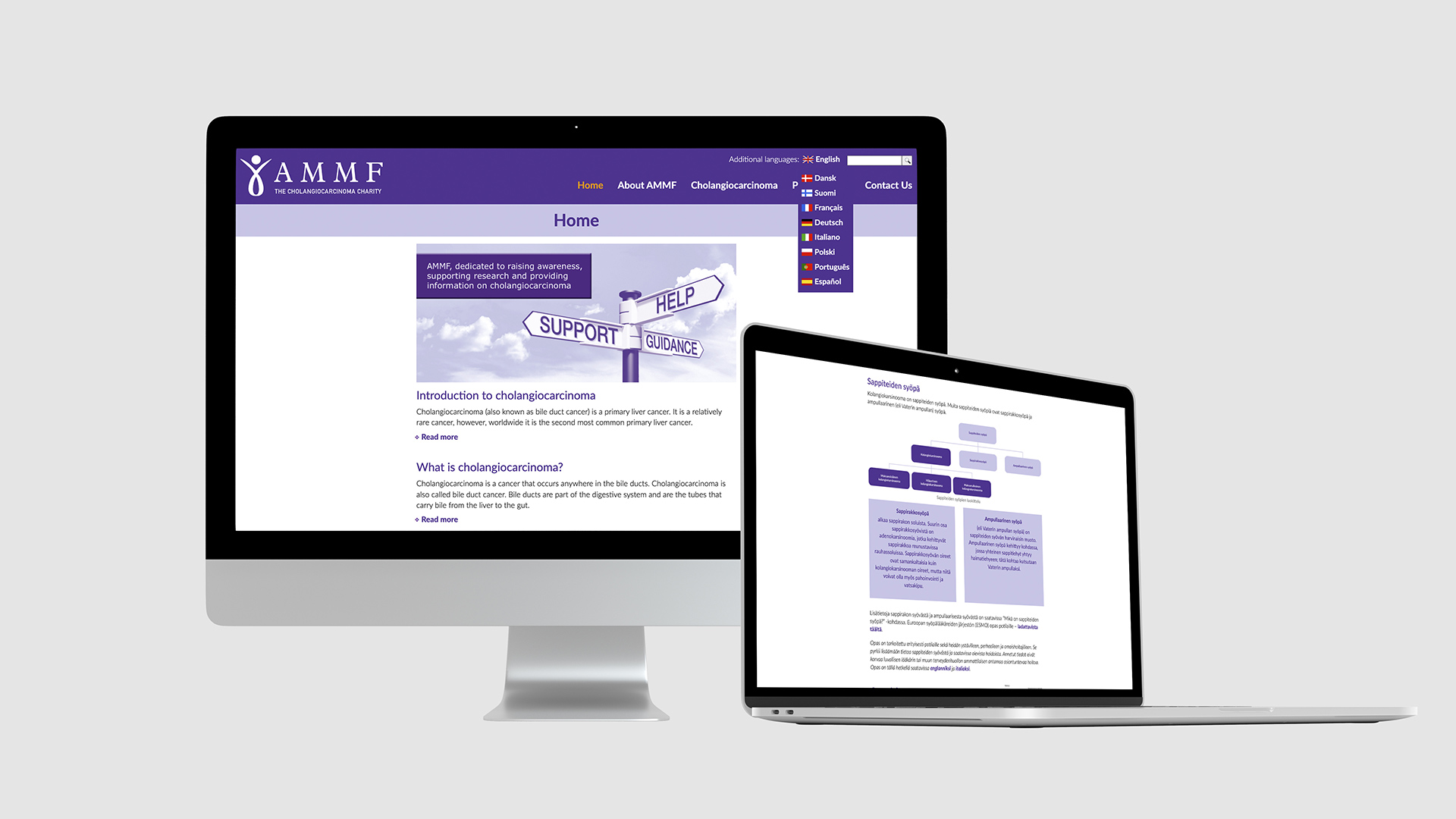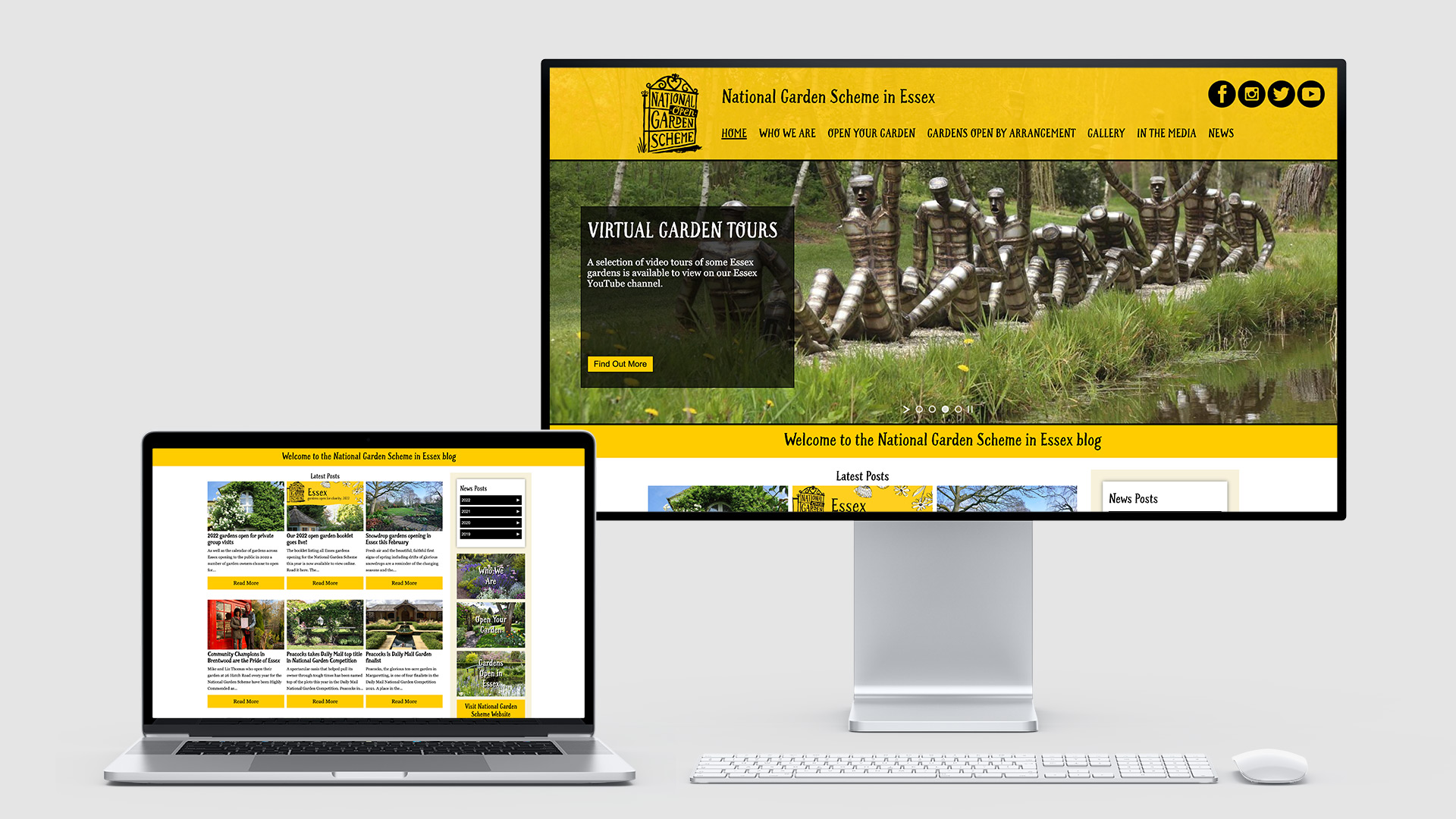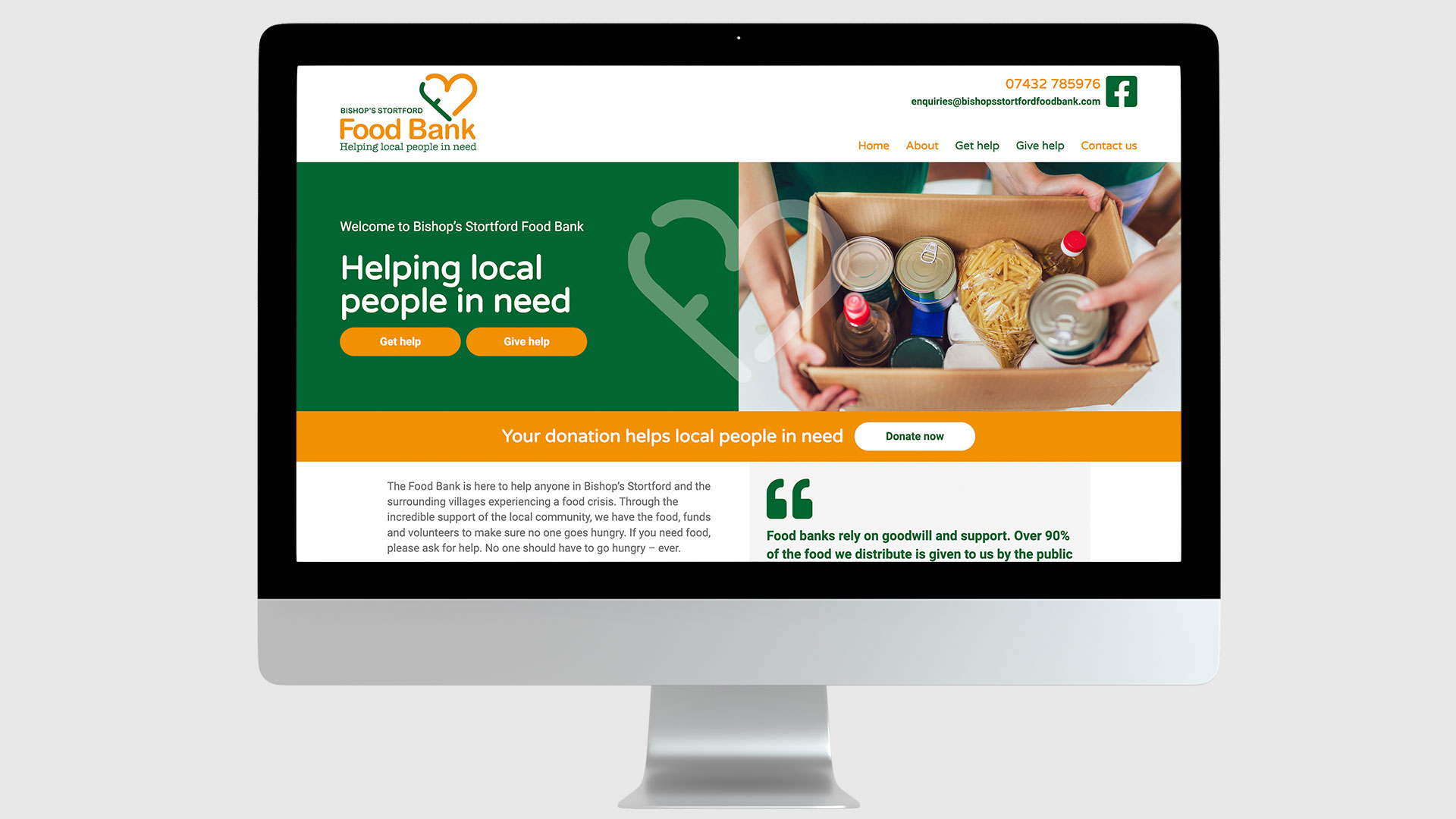An effective website sits at the heart of any successful marketing mix, and this is just as true for charities as it is for any other business. Therefore, it is imperative to get the planning right from the outset, establish the key messages, and communicate these clearly. Whilst this is important to any business, in the crowded charity sector it is absolutely vital, and a failure to address the messaging correctly could lead to a whole range of issues as the website build progresses. A well optimised charity website will obviously help to raise awareness and assist the fundraising effort; but will also be key in improving the overall brand/reputation of the charity going forward.
Types of charity websites
There are many different types of charity websites, each designed to meet the specific needs of a particular charity or organisation. Some examples of common charity website types include:
Donation pages
These sites typically feature an easy-to-use donation form that allows donors to make financial contributions to the charity. They may also provide additional information about the charity and how donations are used. A donation page can form part of the main website or it can be an individual landing page to raise funds for a specific goal or event, this helps to keep visitors focused on the topics the charity is pushing.
Event Pages
These websites provide information about upcoming events organised by the charity, such as fundraising campaigns or volunteer opportunities. They can help drive visitors and raise awareness of the event itself, they often link back to the main charity website so visitors can get more details on the charity and subscribe for ongoing updates.
Awareness pages
These sites are designed to raise awareness of a particular cause or issue, providing educational content and resources related to the topic. These pages can form the backbone of an informative website with links to events and donation pages where necessary. Awareness pages come into their own when the charity has lots of information they wish to make accessible to their visitors. It’s important to guide users through to make it as easy as possible for them to digest the information.
Ecommerce
The charity can utilise their website to run a online shop to help raise funds and provide supporters with merchandise for events. This can also be used to set up donations and regular subscriptions to enable visitors to give ongoing support.

Benefits of charity websites
Having a well-designed, optimised, charity website brings a wide range of benefits, including:
• Increased donations – A donation page that is easy to use and attractive, with clear calls to action, will encourage more people to contribute financially to the cause.
• Improved branding – Having an up-to-date website with a professional design will help to improve the overall perception of the charity.
• Increased awareness – A website can be used to provide educational resources and information about the charity, creating more visibility around their cause and helping to drive interest from potential volunteers or subscribers.
• Improved event organisation – Having an effective events page provides visitors with all the necessary information they need regarding attendance or additional donations, which can, in turn, help to drive better results for the events themselves.
• Accessible merchandise – An e-commerce page can make it easier for supporters to purchase items related to the charity, such as t-shirts, bags and mugs, allowing them to show their support in an easy and convenient way.

Tips for charity website design
When it comes to designing a website for a charity, there are certain steps and considerations you should take into account in order to maximise the success of the site:
Keep it simple
The design of a charity website should be straightforward and easy-to-navigate, as visitors should be able to quickly find the information they are looking for. While typical charity websites won’t be pushing products or services, they will still have key goals/message that they want to draw attention to. Having these clearly designed will help walk visitors through them and redirect them to the relevant subsections of the site.
Keeping your goals focused will help maximise their impact so take the time to plan out the sitemap with this in mind. An example is the Bishop’s Stortford Food Bank website, we identified the two key goals as ‘get help’ and ‘give help’ and designed the website with these calls to action clearly shown on the home page.
Highlight donation & volunteering opportunities
The main focus of any charity website should be to allow visitors to easily donate or volunteer, so ensure the donation form and call-to-actions are highly visible. This will let visitors find the appropriate section of the website quickly and easily preventing them from leaving the website if they are unable to find what they are looking for.
Optimise for mobile
Mobile traffic is increasing year on year and having a responsive website that looks great on mobile devices is essential for reaching a wider audience. The website design should take mobile into account from the start and extensive testing done throughout the project to maintain the mobile focus of the website.
Many of the design features of a mobile website will help with other areas, for example, simple clear messages help visitors to take in information on mobile as well as desktops.
Use compelling visuals
To attract attention to the cause, make use of powerful imagery, videos or infographics to capture the visitor’s interest. These can be tailored to help visitors find out what the charity is and what their goals are. You can achieve this by showcasing those who are helped by the charity or the activities that funds are raised for.
Provide educational content
Education plays an important role in charity websites, as visitors should be able to find the necessary information in order to make an informed decision. Planning these sections out beforehand will help to arrange the content in meaningful ways so visitors are directed through their educational journey. News/blog sections also allow charity websites to update their visitors on events, fundraising or advancements in the field.
Make use of social media
Linking to the charity’s social media accounts can help to raise awareness and drive more users back to the website itself. It can also be leveraged to keep website visitors updated on the charities goals as well as act as a reminder with ongoing updates and notices. You can make the most of your brand by creating social media resources that utilise brand colours and elements from the website to help visitors make the link from socials to your website.
Utilise search engine optimisation (SEO)
Employing SEO techniques can help to improve the visibility of the website in search engine results and drive more organic traffic. This can be further developed by creating informative posts on relevant areas that link to the charity. For example, if there is any news or developments in the industry that would impact those interested in the charity. If appropriate, a help section or knowledge base could be created to help educate visitors on a range of topics related to the charity while also providing an SEO boost.
Next steps
Simpsons website brief

All website projects will benefit from careful planning and regular reviews. To help with this, we created a free downloadable website brief. This covers the key features of a website project, explaining clearly at each stage what we are looking for so you can make informed decisions before we get started. This will help both sides get to grips with the project and act as a reference point throughout the project.
Maintenance and advice
Alongside website design and development, we also offer extensive website maintenance services helping get your charity the web support it needs to excel online. We build our websites using a powerful content management system (CMS) called WordPress, which enables full control over the content of the website. We offer training and ongoing support for all areas of WordPress.




